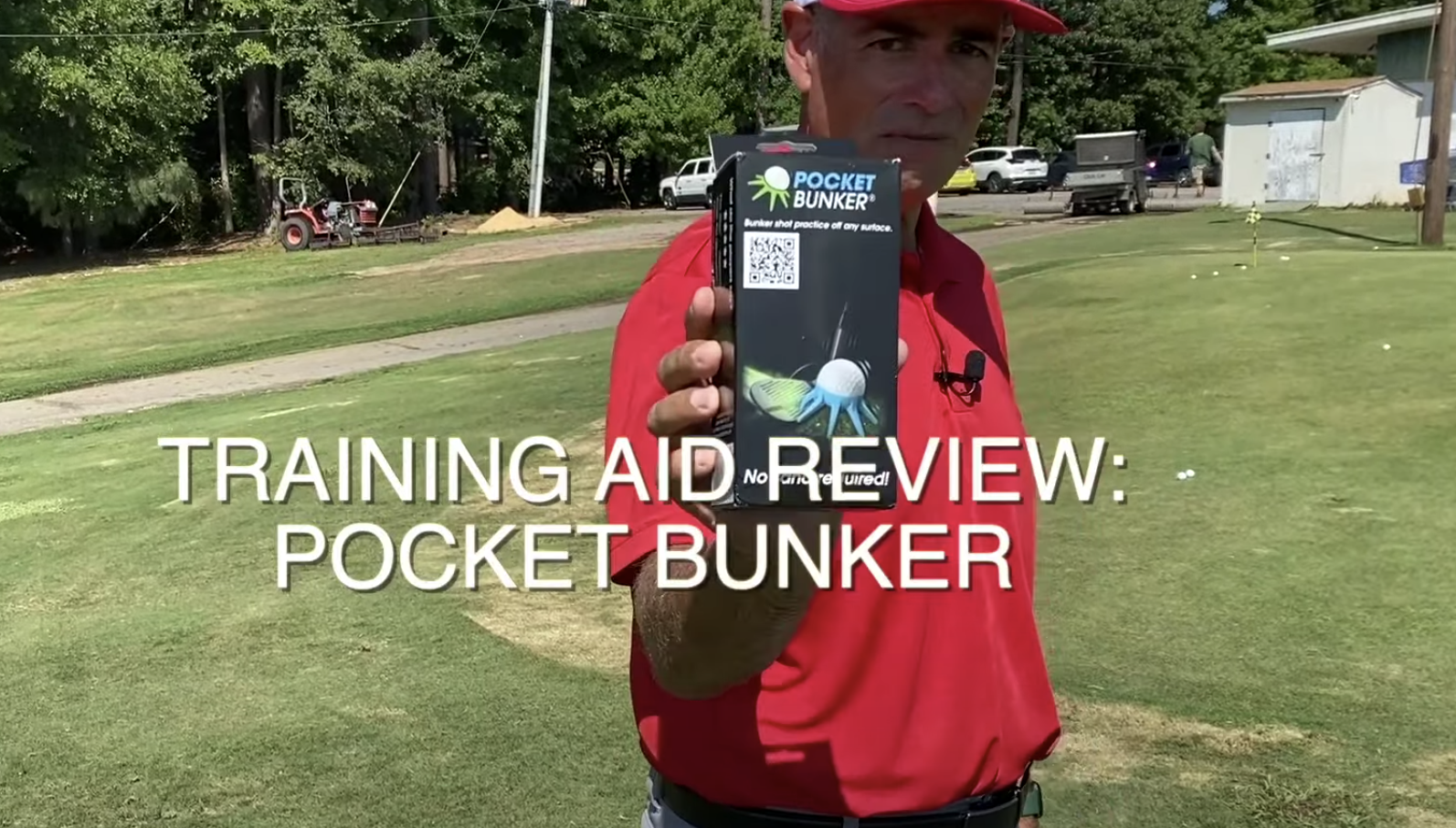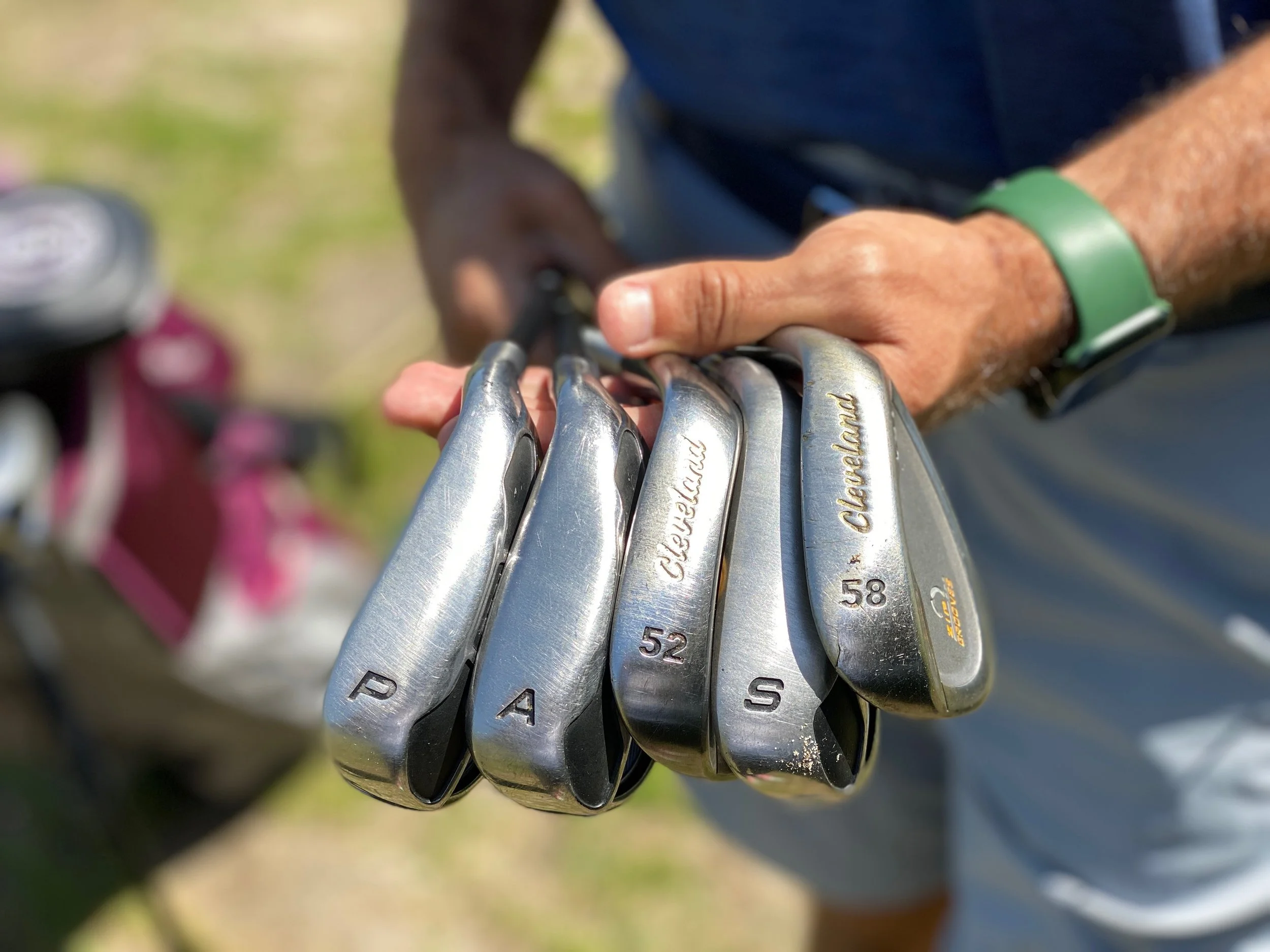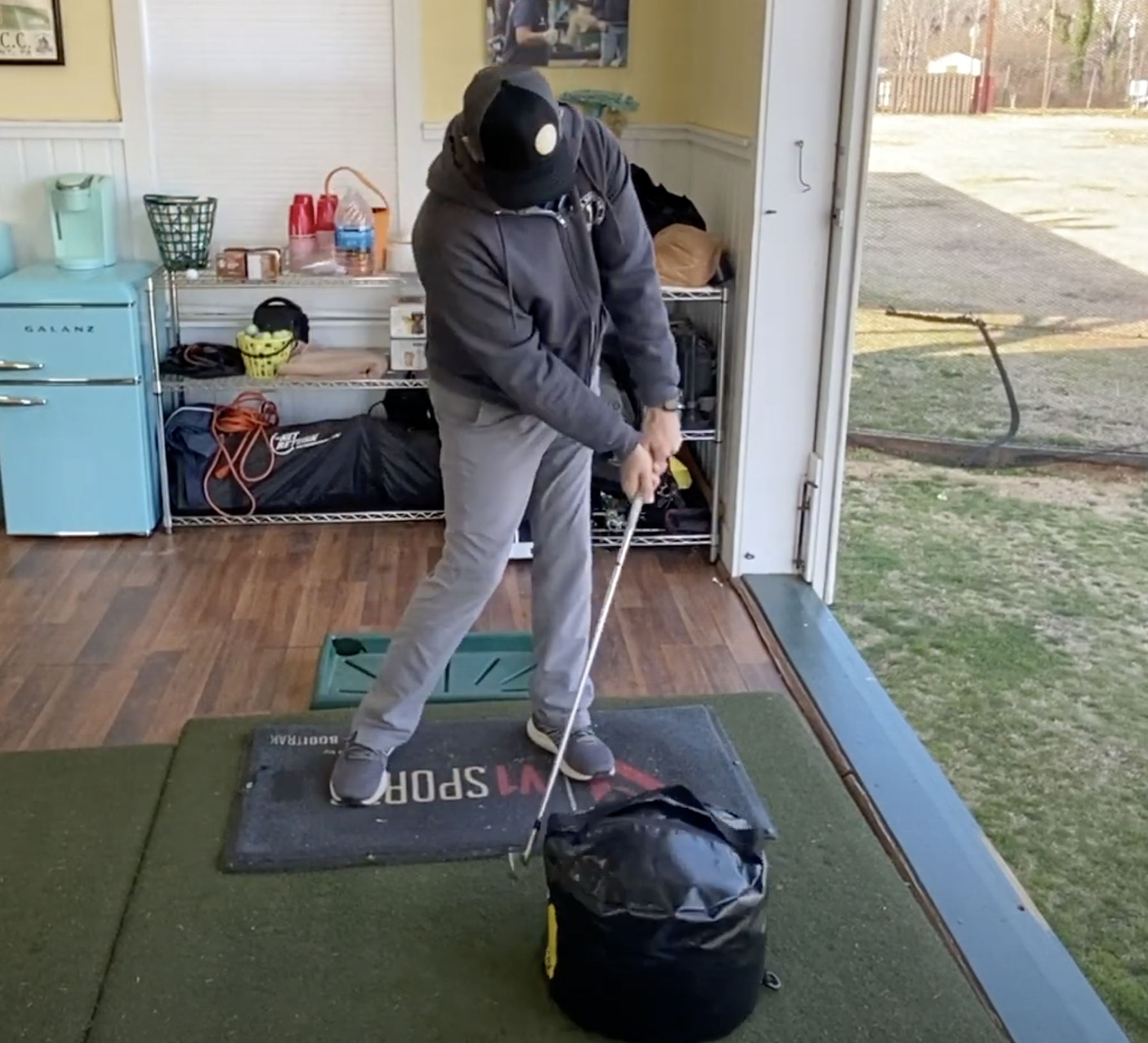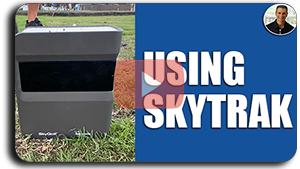We have heard about this product on more than one occasion and from more than one person. We have had tremendous results with the SKLZ Gold Flex and were wondering if this Lag Shot worked the same way and would produce the same results. We were fortunate enough that when we referenced the Lag Shot last week in our previous youtube video, one of our students was watching and brought the Lag Shot in so we could try it.
Let me just say right here that we really like the whippy clubs. We really like the SKLZ Gold Flex, Orange Whip, and the knockoffs. We see people do better with their kinematic sequence, tempo on their backswing and downswing, and and the improvement of their overall swing mechanics with the use of those products. The cool thing about this product is that you can actually hit shots with it which you can’t do with the other products.
On the website for this product, in big bold letters, it states “What can just 12 swings with this “blue shafted beauty” do for you?” So we decided to put it to the test. We had Lauren hit 12 golf shots with her 7 iron and paid attention to mostly her club path and club face in the data. Then we had her hit the Lag Shot club for 12 shots. Then she picked up her 7 iron again for 12 shots. Then we compared her data from the first 12 shots with her 7 iron and the second 12 shots with her 7 iron. Here’s what we found.
So here’s the deal, before I give my full analysis. I think this is a really good product. I think it’s effective and helpful for almost any golfer’s ailment. I think we have to be careful of thinking ANYTHING can give an overnight fix to your golf swing woes. Remember that getting better at golf is a process and some fixes take longer than others.
As you can see with the numbers below, there was no significant improvement after using the Lag Shot for 12 swings like they promoted on the website. That doesn’t mean it doesn’t work. It just means that it doesn’t work that quick. Overall, I think it’s a good product and just like the whippy clubs, you can’t go wrong by purchasing it. I hope that helps.




















































